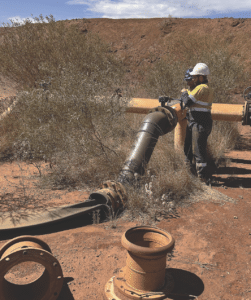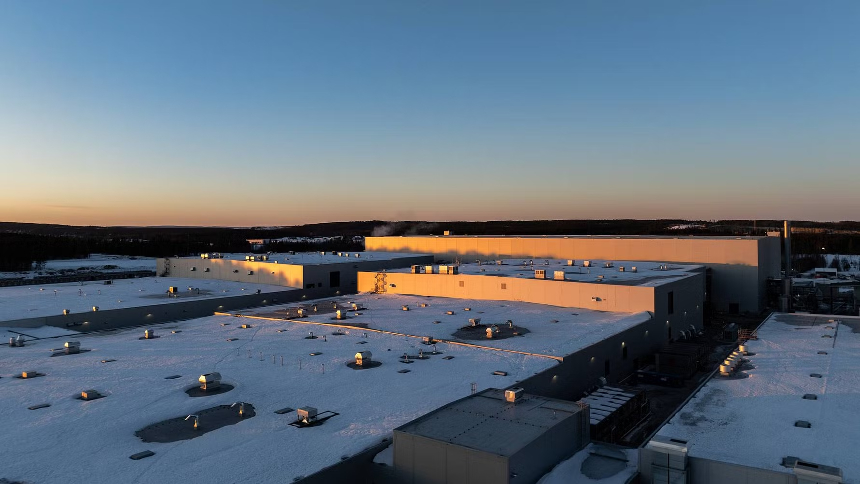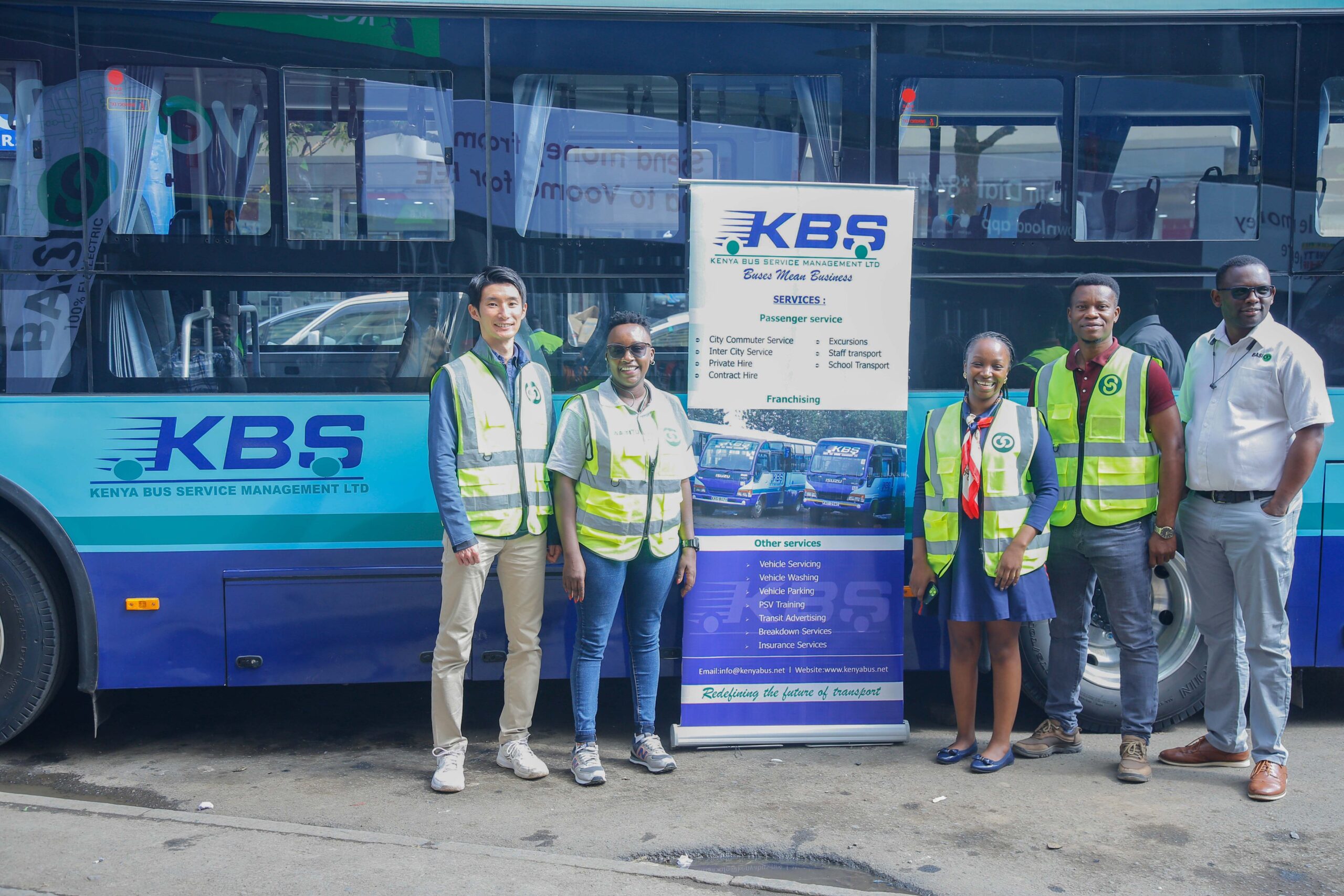Crusader Hose’s flexible layflat hose is recognised as a premium hose option in the Australian mining industry.
Pumping water out of deep pits or open-cut mines is critical to keeping work areas dry and safe.
But there can be challenges with running a pipeline up a high pit wall with poly pipe. These are eliminated when using flexible layflat hose.
On mine sites, especially in open-cut mines, water can accumulate due to natural groundwater flow, rainfall, or seepage from surrounding sources. Removing this water is critical to supporting worker safety and maintaining operational uptime – valuable orebodies cannot be accessed unless they are effectively dewatered.
Typically, a pump is strategically placed at the bottom of the pit to which a pipeline is connected, running up to the top of the pit. From there, the water is pumped along another pipeline and discharged elsewhere.

The most common type of pipeline used from the pit and up the high pit wall has been HDPE poly pipe. However, poly pipe can present several challenges regarding pressure factors, strength issues, and temperature sensitivity.
These challenges are eliminated with an alternative flexible pipeline developed in Australia. Crusader Hose has engineered mine dewatering systems for safer handling up high pit walls, generating efficiency benefits in time and cost.
Issues with poly
Firstly, ordinary HDPE pipe does not have a high-pressure rating. For poly to be used in high-wall applications, the HDPE pipe must be thicker to gain pressure. But this makes it heavier and stiffer, which becomes more difficult and dangerous to handle up or down a mine wall.
The second issue relates to its inherent rigidity. In addition to the logistical challenge of installing this stiff and heavy pipe, a HDPE pipeline does not take the contours of the benched slope.
The downward force this creates and the pipeline’s weight requires proper anchoring and support systems to ensure the pipeline stays in place.
Anchoring the pipeline securely at the top of the pit requires either concrete blocks or steel supports and workforce hours using heavy machinery. This anchoring is a major task.
A third issue with poly pipe refers to its temperature sensitivity. Polyethylene can become brittle at low temperatures or soft at high temperatures. Extreme temperature variations within the pit can affect the pipe’s performance.
Versatility of flexible layflat hose
The engineers at Crusader Hose have developed a flexible hose for dewatering pipelines that can handle high pressures of up to 4000kPa (kilopascal).
UV resistant and able to handle extreme temperatures, with the six-inch diameter 3500kPa working pressure pipeline weighing only 3.4kg per metre, it’s far superior than its poly counterpart.
The layflat hose’s flexibility allows it to take the profile of the benched and sloping mine wall, with the weight of water inside holding the pipeline down against the sloping terrain without putting strain at the top of the pit.
“With the downward force nearly eliminated, the hose is not prone to sliding or falling down, removing a major handling and safety risk,” Crusader Hose managing director Francois Steverlynck said.
Remove complex anchoring
Recently returned from a large mine in Western Australia, Steverlynck saw firsthand the versatility of Crusader Hose’s flexible pipeline.
“With a flexible layflat hose, having as little as 10m laid flat at the top eliminates the need for an anchor,” he said.
“One of the dewatering supervisors at a major iron ore mine in the Pilbara told me that they use 15-tonne concrete blocks for anchoring poly pipe.
“With our Crusader layflat hose system, you remove a significant safety risk by not having to position 15-tonne concrete blocks at the perimeter.”
Installing a flexible pipeline down the wall
Before any installation, a thorough assessment of the wall and site is necessary, including wall height, soil composition and condition, potential obstacles, and safety.
Once the assessment has been completed, installation can begin.
“What was once a complex and highly specialised task with poly pipeline installation, installing a flexible pipeline is much less arduous and takes a fraction of the time,” Steverlynck said.

Positioning the reel
Supplied in lengths up to 500m, the hose is wound up onto a reel like an electrical cable is wound onto a drum. Although smaller reels are used for shorter lengths or smaller diameter hose, large diameter hose can be wound onto 2.4m diameter reels.
This loaded reel, safely secured onto an A-frame or tethered to a Franna, is placed at the top of the pit, more than 10m from the edge. Depending on site access, the reel can also be placed at the bottom of the pit.
Deploying the hose
The hose needs to be pulled off the reel by a rope.
“The typical method to get a rope down from the top of the pit to the bottom is by firing a crossbow or using a drone,” Steverlynck said. “A thin rope is used to pull down a thicker and stronger hose.”
The rope at the bottom is connected to a vehicle or winch, which drags the flexible hose down into the pit.
Attaching the pipeline with secure couplings
Crusader Hose’s engineering team has listened to feedback from miners and developed a secure and easy-to-use coupling clamp. The hose can be cut on-site using a utility knife or hacksaw, before the coupling is then fitted onto the hose and attached with Boa clamps.
“You can pump with confidence,” Steverlynck said.
No recycling issues
Once it has been used, Crusader Hose’s layflat hose can be rolled back up and redeployed elsewhere.
“It has a long lifespan, just like poly,” Steverlynck said. “The technology is here and it’s here to stay.”
This feature appeared in the December 2023 issue of Australian Mining.




